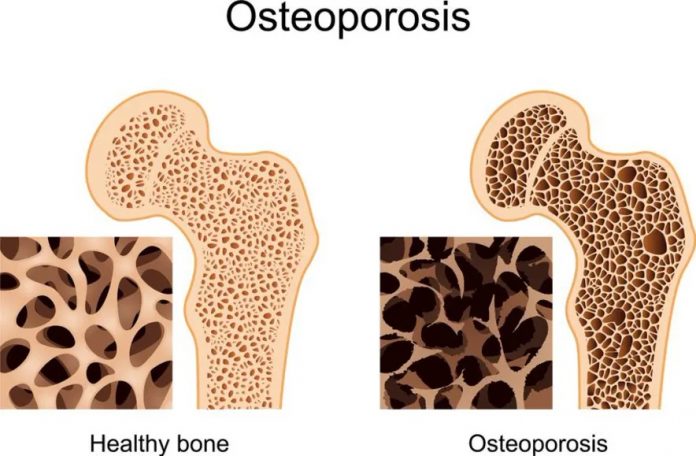Hunchback is not just a character from a movie but is a spinal curvature due to a serious condition that often affects individuals all over the world.
This rounded area found between the shoulder blades is known as a kyphosis. A kyphosis is an overly compensating curvature in the thoracic spine. A kyphosis is known as dower’s hump.
When a person develops a kyphosis, the posture of the entire spine is affected. Osteoporosis is the culprit which is usually found in the elderly. It is a silent disease that causes a crippling spinal deformity due to a condition of porous bones. Bones that were once strong become fragile due to loss of bone density.
In extreme cases, a bone can breakdown or fracture under the weight of the contents of the chest and upper body.The tendency is for a person to slump forward in the ensuing years.
A vertebra is one of 26 bones that are substantial building blocks of the human spine and when one becomes too porous, it weakens.
There are 12 thoracic vertebrae with ribs attached. The thoracic vertebrae make up the second segment of vertebral column or spine. It is the area between the shoulder blades which is the posterior or back part of the chest cavity. The chest or thoracic cavity houses the heart, lungs, aorta, esophagus and trachea.
The spinal column is not normally straight when looking at the side view. It has 4 curves-cervical, thoracic, lumbar and sacrum. The curvatures should be balanced giving support for the upright posture. The apex of the cervical spine is arched toward the front of the body, the thoracic spine is arched back, the lumbar spine is arched toward the front and the sacrum is arched back.
A standing thoracic x-ray, bone density test and blood calcium levels are suggested diagnostic tools to see if you are developing this condition.
The vertebral column is the major support structure and framework of the human body. Spinal health should be an important part of your health portfolio.








